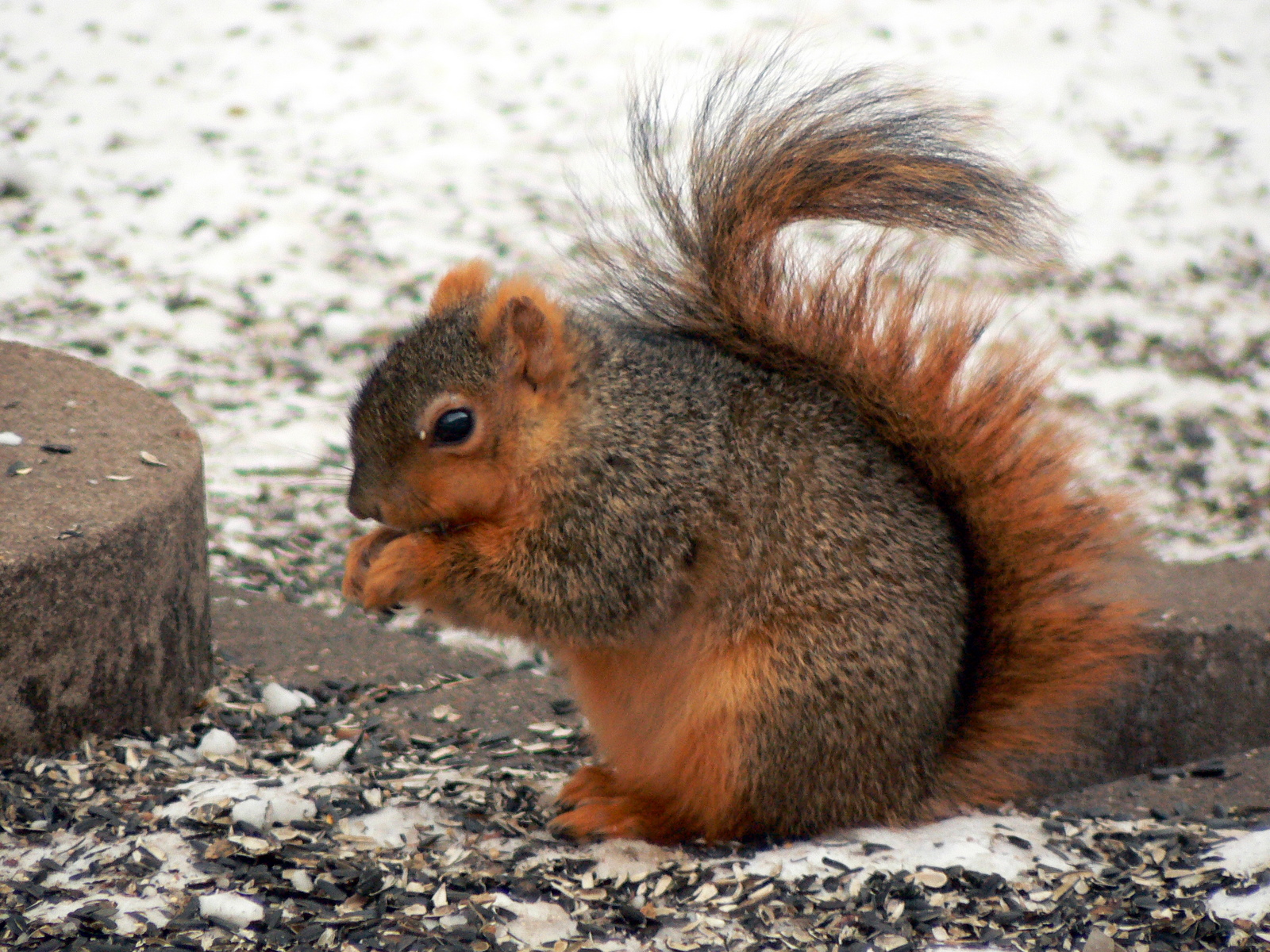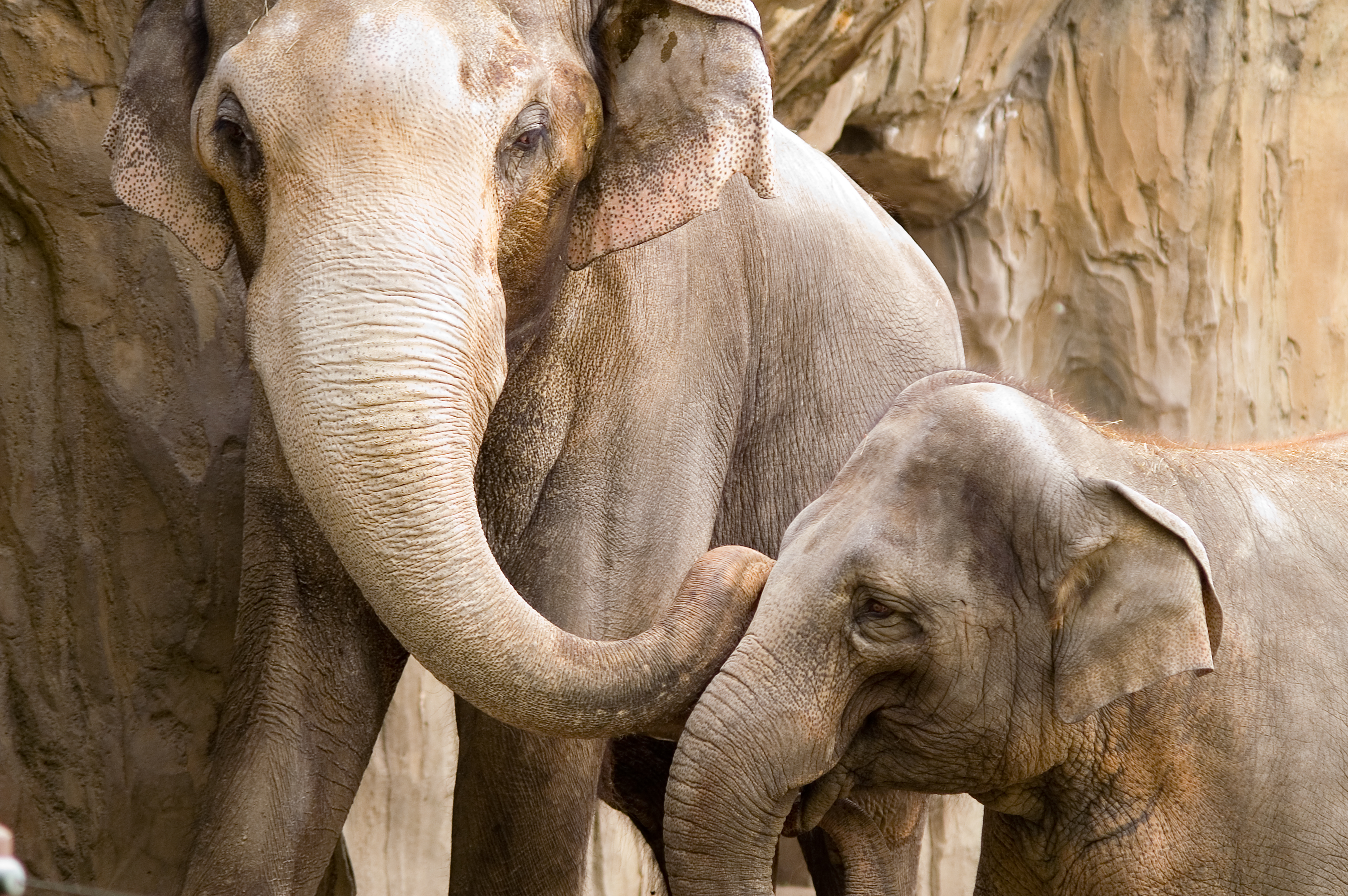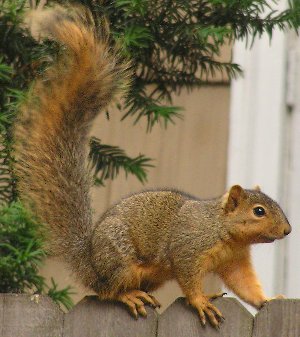As I saw the animal approach me, I froze just like the icicles that frigid morning. Then the thought crossed my mind, what if it tries to climb me like a tree? Luckily it departed shortly after with no such attempt. It did however leave me wondering why did it get so close to me when most encounters with said animal cause it to scurry away?
One thing was made certain in our encounter: which species, or type, of squirrel it was. Year round my current location is inundated with both grey squirrels and fox squirrels—which both have grey fur covering most of their bodies; thus it was essential to see the squirrel’s secondary color for identifying purposes. Perched up next to me on its hind legs, the squirrel provided the perfect opportunity. As it sat there, an orange color was easily detected. Fox Squirrel! To the scientific community it is known as Sciurus niger.
The extent of my encounter with the fox squirrel could not have lasted more than 30 seconds. (more…)






